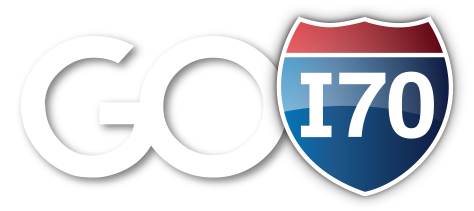If you’re traveling along the I-70 Mountain Corridor in Colorado, leaving the car behind can make your trip easier, more relaxing and better for the environment. Fortunately, Google Maps makes it simple to plan a trip using public transit like Bustang, Pegasus, Snowstang and free local transit services in mountain towns. Here’s a step-by-step guide to help you get started.
Why Use Google Maps for Transit?
Google Maps integrates real-time schedules from major Colorado transit providers, helping you:
- Compare routes, travel times and costs
- Compare routes, travel times and costs
- See exactly where to catch your bus or shuttle
- Get real-time updates on delays or service changes
- Easily connect between regional buses and local services in mountain communities
Step-by-Step Guide to Transit Trip Planning
- Using the Google Maps app or website, enter your trip details
- In the search bar, type your destination (for example: “Frisco Transfer Center” or “Vail Transportation Center”).
- Tap Directions and enter your starting point (such as “Union Station Denver” or your hotel).
- Select the transit icon
- Across the top, you’ll see icons for car, walking, biking and transit.
- Tap the bus/train icon to view transit options.

- Review your route options. Google Maps will display several routes with:
- Departure and arrival times
- Transit agency name (e.g., Bustang West Line, Pegasus shuttle, Summit Stage)
- Walking directions to bus stops or transfer points
- Total travel time and number of transfers
- Customize your trip. Use the filters to adjust your preferences:
- Depart at/Arrive by: Pick a specific time.
- Best route/Fewest transfers/Less walking: Choose what works best for you.
- Follow step-by-step directions. Once you choose a route:
- Tap the option to see step-by-step instructions.
- View walking maps to bus stops.
- Track buses in real-time if available.
- Stay updated with alerts, such as service delays.
Pro Tips for Mountain Transit Riders
- Check service days: Some routes (like Snowstang to ski resorts) operate only on weekends or during ski season.
- Have tickets ready: Many services let you purchase online or use mobile ticketing apps.
- Allow buffer time: Mountain weather and traffic can affect schedules.
- Use local connections: Once you arrive in towns like Idaho Springs, Frisco, Vail, Avon, or Glenwood Springs, switch to free or low-cost local shuttles for easy access to trails, restaurants and attractions.
Example Trip: Denver to Frisco by Transit
- Open Google Maps and enter “Union Station Denver” → “Frisco Transfer Center.” Tap the transit icon.
- Choose the Bustang West Line route.
- Google Maps will show:
- Walk to Union Station
- Board Bustang West Line to Frisco
- Arrive at Frisco Transfer Center, where you can transfer to Summit Stage buses to Breckenridge or Copper Mountain.
Whether you’re heading to the mountains for skiing, hiking or a weekend getaway, using Google Maps for transit makes planning your trip seamless. You’ll spend less time worrying about driving and parking—and more time enjoying Colorado’s beautiful mountains.
So next time you’re planning your I-70 adventure, try using Google Maps to explore stress-free, car-free travel.
